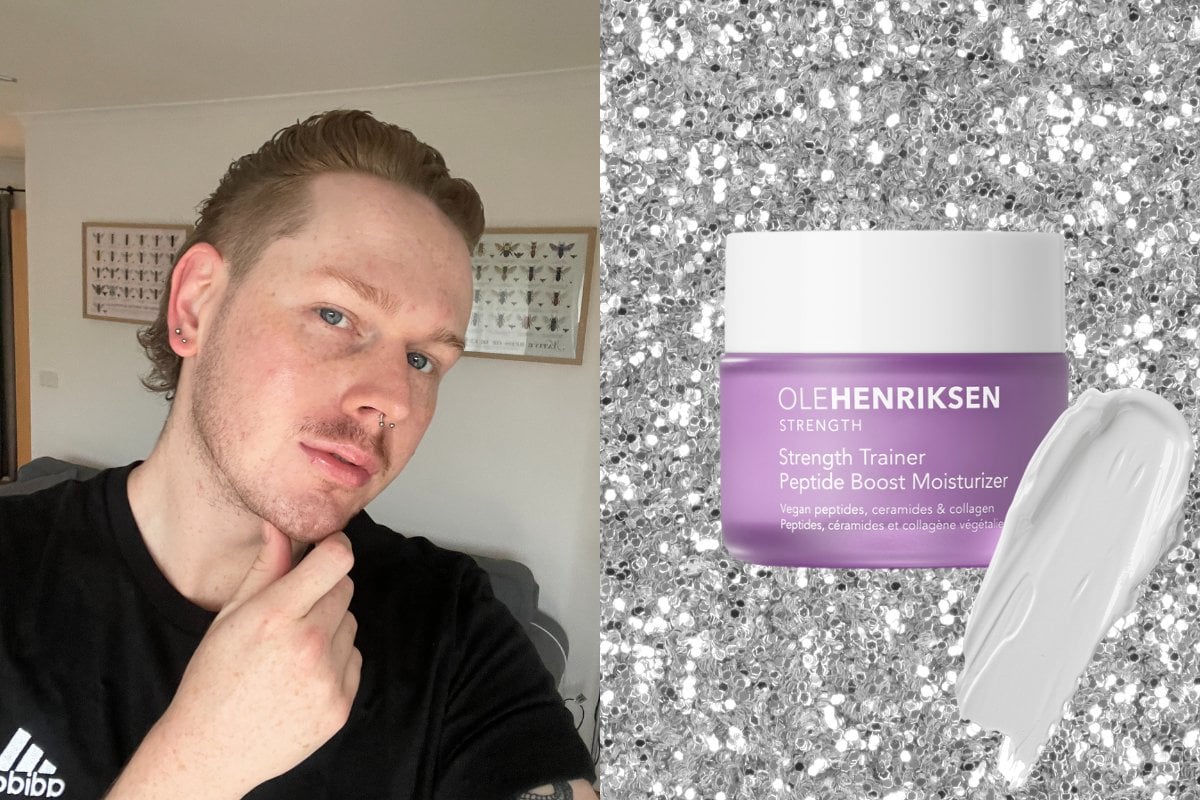
You know how there are some skincare ingredients that come along and you’re like… 'yeah, this is changing the game'? Peptides are that ingredient for me.
But wait, what are peptides? What do they do? And where can I find them? Well, luckily for you, I’m here to give you the 411 on peptides and share a product that for me, is completely redefining what I expect from my moisturiser. (Spoiler alert: It's Ole Henriksen Strength Trainer Peptide Boost Moisturiser.)
With so many skincare ingredients out there nowadays, it can be a challenge to navigate all the info to figure out what ones actually work... and which don't.
So, let’s get into the nitty gritty and allow me to tell you everything there is to know about peptides.
So, what exactly are peptides?
Let's start with the most obvious question: what are peptides?
In the simplest terms — minus all that science jargon — peptides are smaller versions of proteins, made up of amino acids.
Amino acids (in case you're wondering), are the building blocks for protein. So whenever we eat our daily dose of spinach, and our body has broken it down, amino acids are what's left and help our bodies build protein.
Peptides are commonly described as messengers — ultimately, when you put peptides on your skin, your body's reactionary response is to begin producing more collagen.